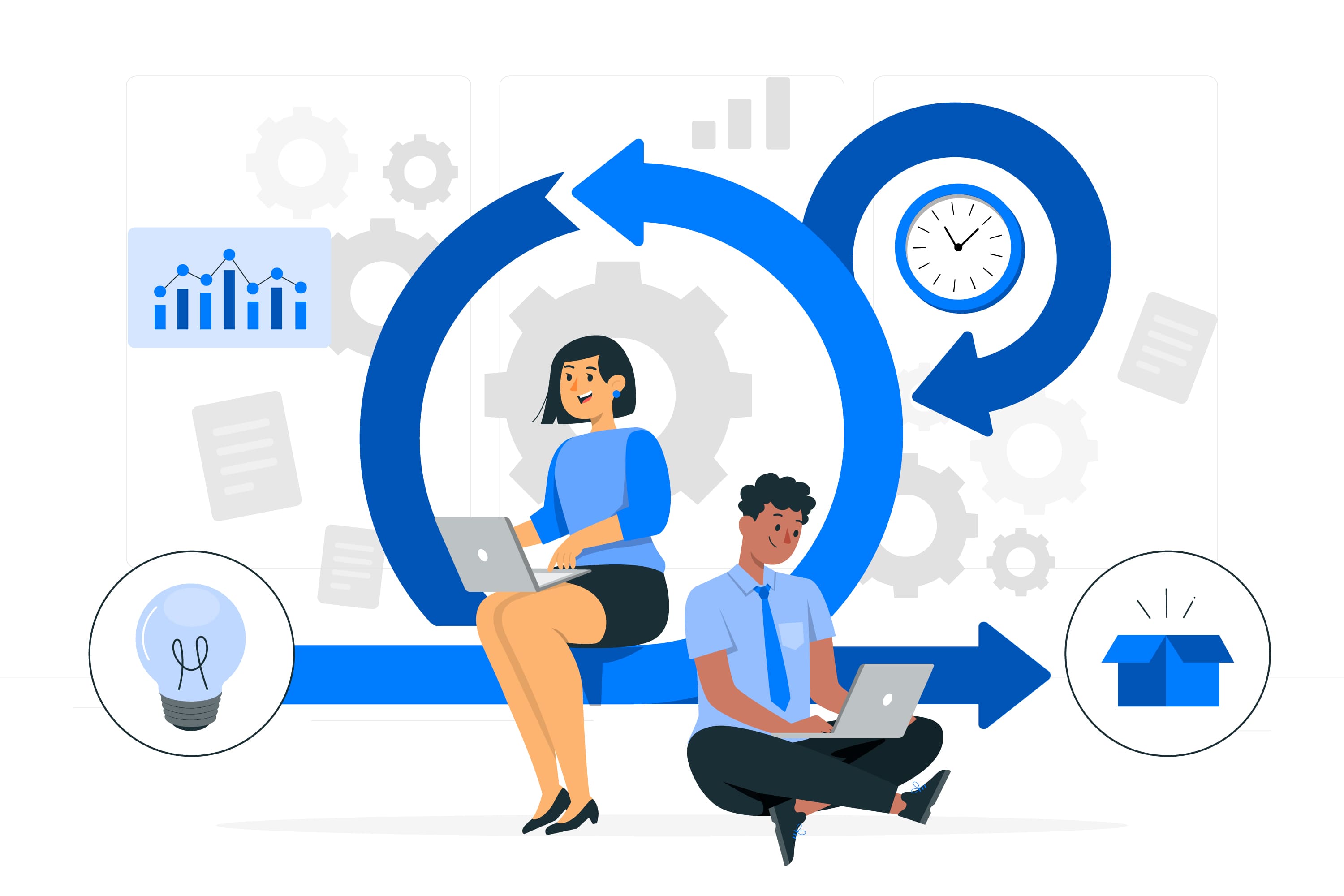Scaling Agile methodologies is crucial for larger projects and organizations seeking to maintain the flexibility and adaptability that Agile provides while managing complexity and ensuring alignment across multiple teams.
Two popular frameworks for scaling Agile practices are SAFe (Scaled Agile Framework) and LeSS (Large-Scale Scrum). Let’s explore these frameworks in detail with examples:
SAFe (Scaled Agile Framework):
SAFe is a comprehensive framework designed to scale Agile practices across large organizations. It provides a structured approach for aligning teams, ensuring collaboration, and delivering value consistently.
Key Components of SAFe:
Lean-Agile Principles: SAFe is built on Lean and Agile principles, emphasizing customer value, flow, and alignment.
Roles and Responsibilities: SAFe defines roles like Release Train Engineer (RTE), Product Owner, Scrum Master, and various team roles.
ART (Agile Release Train): ART is a team of Agile teams working together to deliver value. It consists of 5-12 teams, including Program Increment (PI) Planning events.
PI Planning: PI Planning is a critical event in SAFe where all teams plan their work for a Program Increment, typically 8-12 weeks. It ensures alignment and synchronization across teams.
Inspect and Adapt (I&A): Regular Inspect and Adapt workshops are held to review the current state of the solution and adjust the course as needed.

A large financial services organization adopts SAFe to improve its software delivery process. They organize several Agile Release Trains (ARTs) to work on different products. During PI Planning, teams from different ARTs coordinate their efforts and align their work to ensure that the latest regulatory changes are implemented consistently across all products.
LeSS (Large-Scale Scrum):
LeSS is a simpler framework for scaling Scrum. It focuses on applying Scrum principles and practices across multiple teams while minimizing additional complexity.
Key Components of LeSS:
Scrum Principles: LeSS adheres to the core Scrum principles, including roles (Scrum Master, Product Owner, Development Team), events (Sprint, Daily Scrum, Sprint Review, Sprint Retrospective), and artifacts (Product Backlog, Sprint Backlog, Increment).
Single Product Backlog: In LeSS, all teams work from a single, prioritized Product Backlog, ensuring that the highest value items are addressed first.
Sprint Planning and Review: All teams participate in a joint Sprint Planning and Sprint Review, enhancing collaboration and shared understanding.
One Definition of Done: LeSS promotes a single Definition of Done to maintain consistent quality across teams.

A software development company adopts LeSS to scale Scrum across multiple teams working on a complex software product. They establish a single Product Backlog that contains all the features and user stories for the entire product. During Sprint Planning, each team selects items from the common backlog based on their capacity and expertise. The teams coordinate closely and hold a joint Sprint Review at the end of each sprint to showcase the integrated product.
Choosing Between SAFe and LeSS:
The choice between SAFe and LeSS depends on the specific needs and context of the organization. SAFe provides a more structured approach suitable for organizations requiring extensive alignment and coordination, especially in highly regulated industries. LeSS, on the other hand, is a lightweight framework that retains the simplicity of Scrum, making it an attractive option for organizations looking to scale Agile without introducing excessive overhead.
In summary, SAFe and LeSS are two well-established frameworks for scaling Agile practices. The choice between them should be based on the organization’s size, complexity, culture, and specific requirements for scaling Agile principles.
